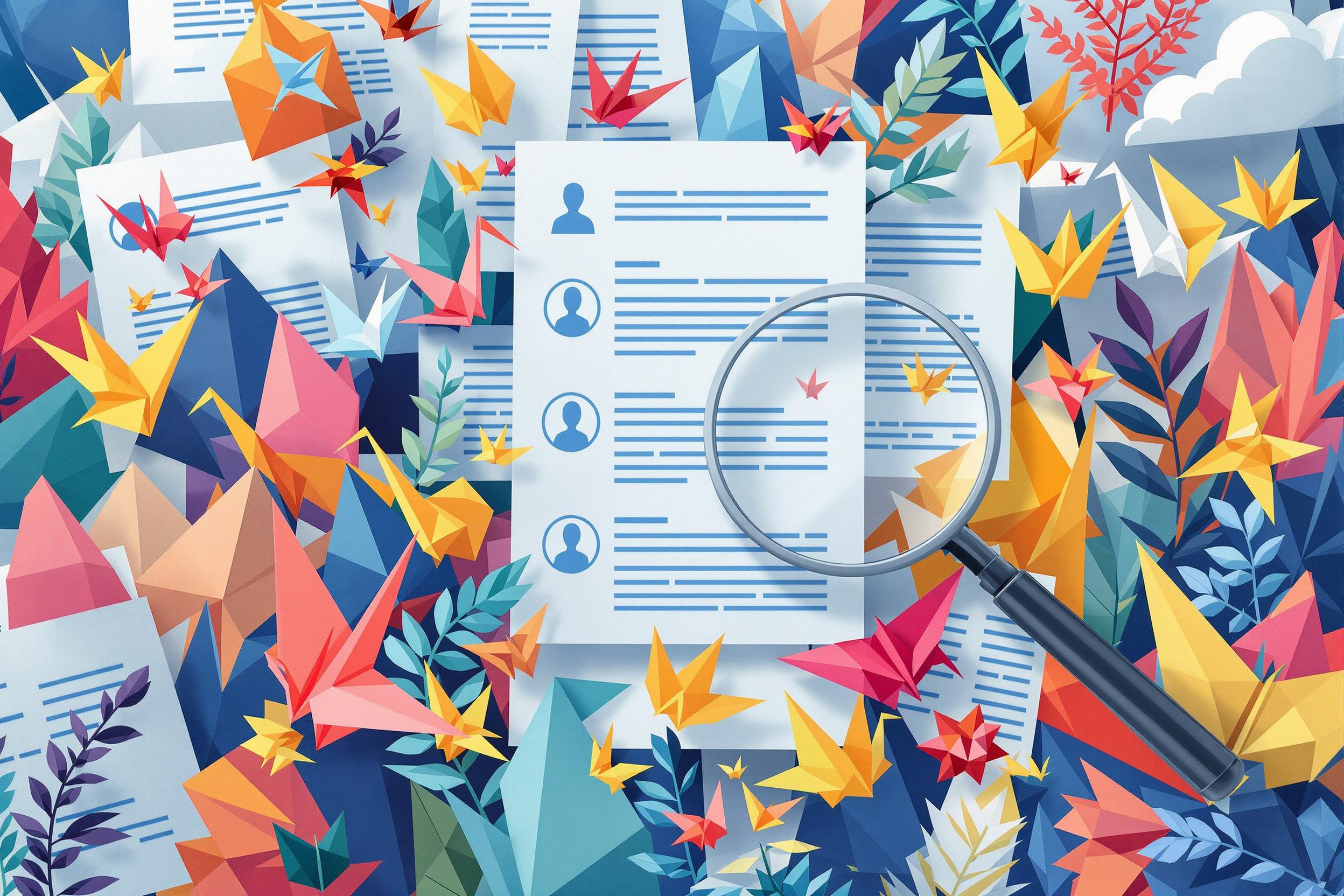
Line Screen
Line screen is a basic concept in magazine and print publishing that refers to the tiny dots that make up printed images. Think of it like the resolution on a TV screen - the more dots per inch, the clearer and more detailed the image. Publishers use different line screen settings depending on the type of paper and printing method they're using. For example, glossy magazines typically use a higher line screen count than newspapers because the paper quality can support more detail. This term often appears when discussing print quality and image preparation for magazines, catalogs, and other printed materials.
Examples in Resumes
Prepared magazine layouts using appropriate Line Screen settings for various paper types
Optimized photo quality by adjusting Line Screen values for luxury magazine printing
Managed print production ensuring correct Line Screen specifications for different publishing projects
Typical job title: "Print Production Specialists"
Also try searching for:
Where to Find Print Production Specialists
Professional Associations
Online Communities
Job Resources
Example Interview Questions
Senior Level Questions
Q: How do you determine the appropriate line screen for different printing projects?
Expected Answer: A senior professional should explain how they consider factors like paper type, printing method, and final use when choosing line screen settings. They should mention experience with various paper stocks and how they affect print quality.
Q: How do you handle quality issues related to incorrect line screen settings?
Expected Answer: Should demonstrate problem-solving abilities by explaining how they identify printing problems caused by wrong line screen settings, and how they adjust settings to improve print quality.
Mid Level Questions
Q: What's the relationship between paper quality and line screen settings?
Expected Answer: Should be able to explain how different paper types require different line screen settings, and why glossy paper can handle higher line screens than newsprint.
Q: How do you prepare images for different line screen requirements?
Expected Answer: Should explain the basic process of adjusting image resolution and preparation based on the required line screen for different print projects.
Junior Level Questions
Q: What is a line screen and why is it important in printing?
Expected Answer: Should be able to explain that line screen determines image detail in printing and affects final print quality, using simple terms.
Q: What are common line screen values used in magazine printing?
Expected Answer: Should know standard line screen values used in magazine printing and be able to explain basic differences between high and low line screens.
Experience Level Indicators
Junior (0-2 years)
- Basic understanding of print production workflow
- Knowledge of standard line screen values
- Basic image preparation
- Understanding of different paper types
Mid (2-5 years)
- Troubleshooting print quality issues
- Working with different printing methods
- Managing print specifications
- Quality control procedures
Senior (5+ years)
- Advanced print quality management
- Project oversight and team leadership
- Technical problem-solving
- Print optimization strategies
Red Flags to Watch For
- No understanding of basic printing concepts
- Lack of experience with different paper types
- Unable to explain relationship between image quality and line screen
- No knowledge of print production workflow
Related Terms
Need more hiring wisdom? Check these out...

Resume Screening Reinvented: 9 Unconventional Strategies to Discover Top Talent Hidden in Plain Sight

Supercharge Your Candidate Screening: 7 Unorthodox Ways to Hire Faster Without Breaking a Sweat

Beyond Spreadsheets: Why Executive Dashboards in ATS Systems Are Your Secret Hiring Weapon

